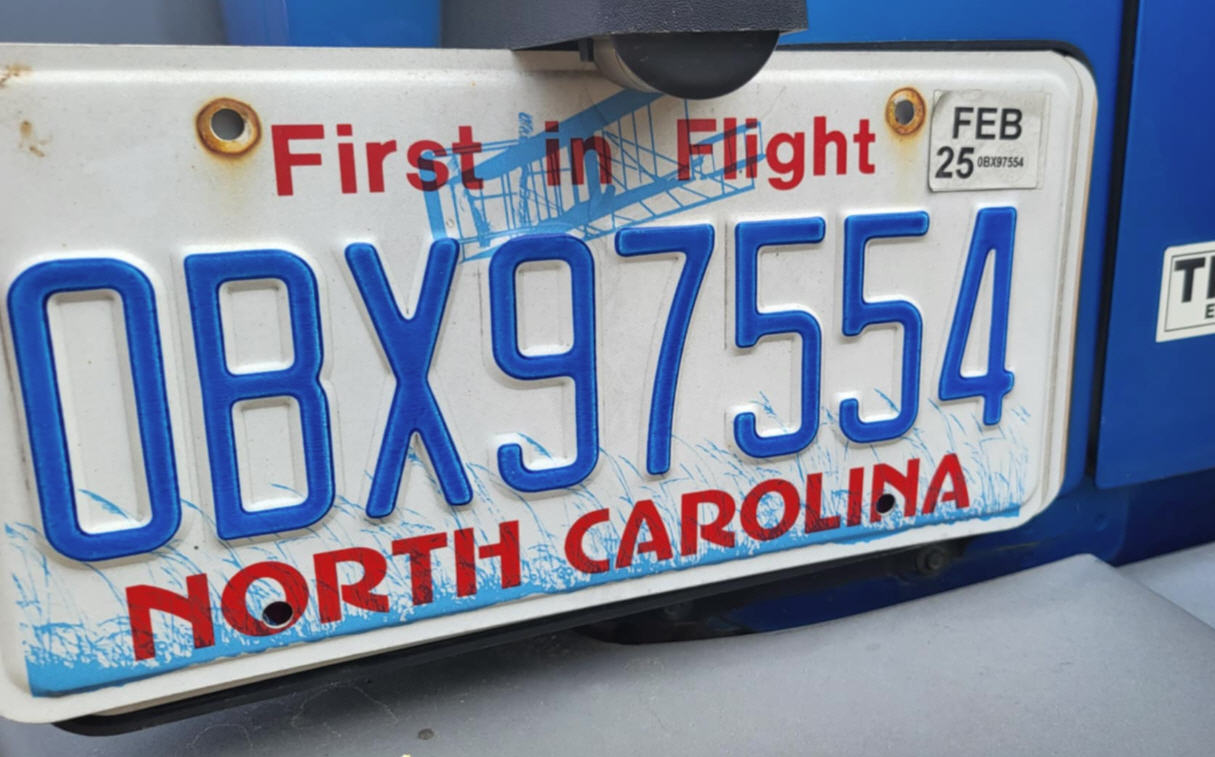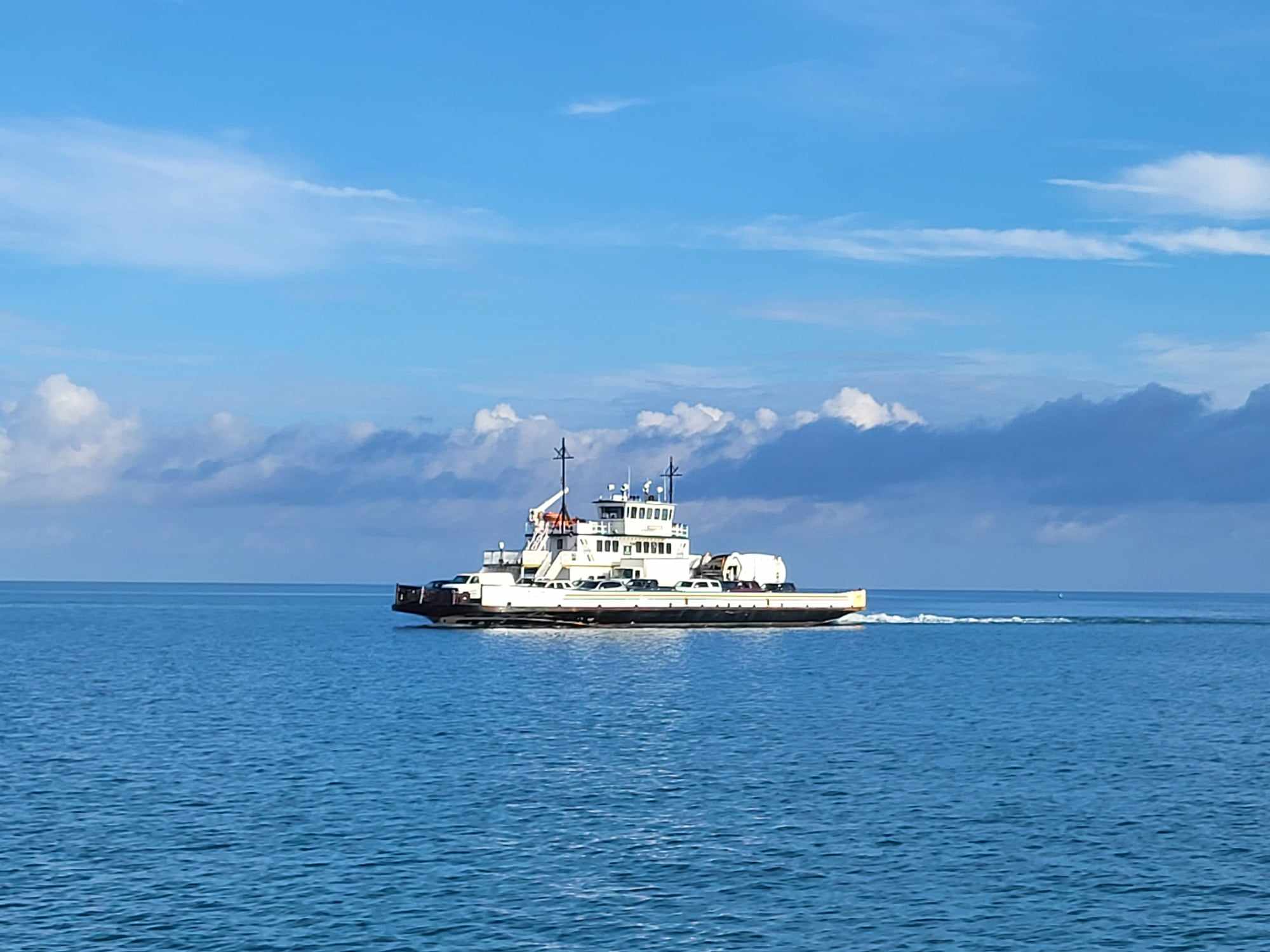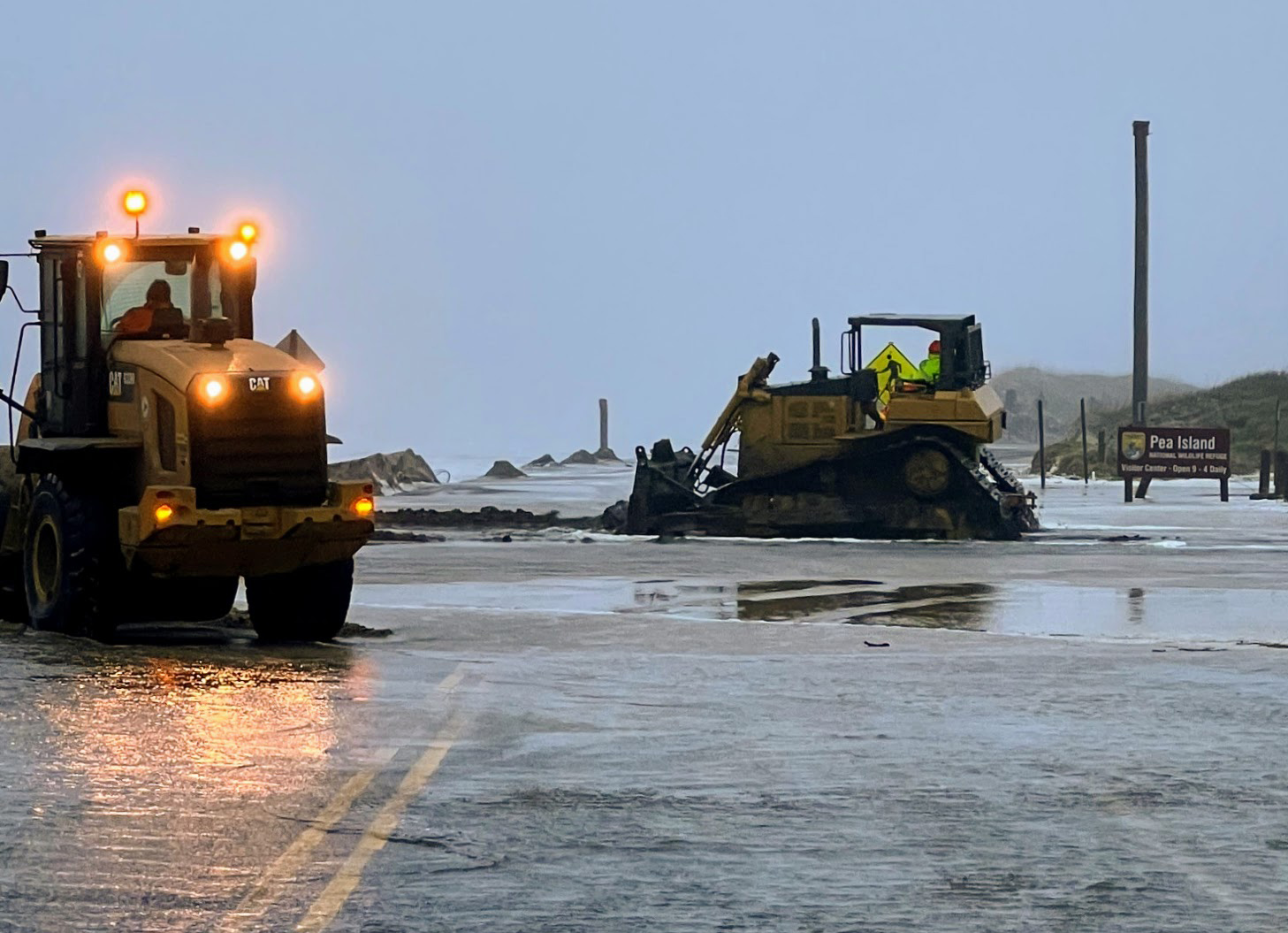Big Cypress National Preserve takes flak for its ORV plan
National Parks Traveler website published two articles this week about an off-road vehicle plan in the Big Cypress National Preserve in south Florida that are of interest to those following the ORV rulemaking at Cape Hatteras National Seashore.
The articles made the rounds in e-mails among seashore beach access supporters this week, and links to them appeared on some message boards.
In the first article, Superintendent Pedro Ramos defended the preferred alternative in the plan amidst charges that he circumvented National Park Service policies on wilderness preservation to provide greater off-road vehicle access to some new lands that were added to the preserve.
Ramos said that while oil and gas exploration are not allowed in national parks, it and other uses, such as hunting, trapping, and even ORV use, are permissible in Big Cypress, because it has a “different mandate” from Congress.
Some supporters of more reasonable access at Cape Hatteras National Seashore than will be allowed under its preferred alternative also say that the seashore has a different mandate from Congress.
In 1940, Congress changed the name of the Cape Hatteras National Seashore to the Cape Hatteras National Seashore Recreational Area. The “Recreational” part was later dropped by the Park Service but the law in Congress still stands. (More information can be found in the Editor’s Blog of Aug. 5, 2009, “What’s in a name?”
Read the interview with Superintendent Ramon on the National Park Traveler website.
The second article is about a lengthy letter that the South Florida Wildlands Association wrote to National Park Service Director Jon Jarvis, urging him to reject the preferred alternative in the ORV plan.
That step, the group said would “truly fulfill the lofty language of the Organic Act of 1916” by setting aside more of the landscape for wilderness designation.
The article says the “voluminous” letter outlines a range of problems the wildlands association believes the ORV plan will create. Among those issues are impacts to the endangered Florida panthers that live within the national preserve, perceived “unfairness” in the amount of ORV trails that would be allowed within the Addition lands, and unreasonable impacts to natural resources in the 147,000 acres spread across the preserve’s northeastern corner.
Read about the environmental group’s objection on the National Parks Traveler website.
Subject
Name
(required, will not be published)
(required, will not be published)
City :
State :
Your Comments:
May be posted on the Letters to the Editor page at the discretion of the editor.
May be posted on the Letters to the Editor page at the discretion of the editor.
May be posted on the Letters to the Editor page at the discretion of the editor.
May be posted on the Letters to the Editor page at the discretion of the editor.













